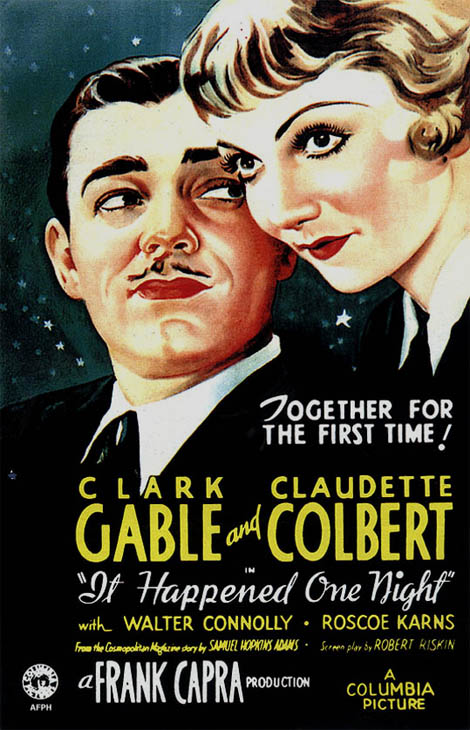Titles:
We are planning have simple titles that fade in/out of the frame, however we are going integrate the title of the film to make it stand out. Another film that uses this technique for the first title is 'Over Her Dead Body' (2008) in which the production company is integrated into the sequence onto a wedding invitation. This makes the sequence flow and we are hoping we can create the same effect.
This clip shows the integrated title:
Sound:
We are using a voice over for our opening without any other speech occurring, but with background music playing quietly. Films such as 'Confessions of a Shopaholic' (2009) and 'Bridget Jones's Diary' (2001) have also used this techniques in their opening. We feel this introduces the character and leaves the audience asking questions as to who the person is that is speaking. Also, in 'Confessions of a Shopaholic' background music is used beneath the voice over, which is something we are also planning to do. We feel this creates a more relaxed and welcoming atmosphere and prevents us from alienating the audience.
This clip shows the opening of 'Confessions of a Shopaholic':
Narrative:
Our opening is an open narrative beginning with a voice over of the character writing an article about love and relationships. When the audience enter the plot line they do not know what our characters job is, and so the voice over is not entirely clear which leaves them asking a lot of questions. Also, the identity of the voice over is not fully exposed in the opening. Other films that follow a similar narrative are 'Confessions of Shopaholic' (2009) and 'Sex and the City' (2008).
This clip shows the opening of Bridget Jones's Diary where a voice over is used: (one minute onwards) http://www.youtube.com/watch?v=6aFhQ9uPsxM
In 'Sex and the City', the actress Sarah Jessica Parker does voice over at the beginning of each film, and also in the TV series, in order to introduce it. She also narrates the film at certain point in order to explain certain things or give her opinion on certain situations. An example of one of the quotes is 'And we were dressed from head to toe in love...the only label that never goes out of style.'. In the same way we are introducing the film with a voice over as this will enable to use them throughout in order to narrate the film through the characters eyes. This will introduce the idea at the beginning of the film and then allow it to flow throughout.
Characters:
Our plot line follows a female on her plight of love. Having the main protagonist as a female is very common in rom-coms, for example 'The Devil Wears Prada' (2006) and 'Bridget Jones' (2009). These all follow the lives of one female and obstacles they face. As an audience we grow to love the leading female, which is was we are intending for our main character Penelope. Examples of these characters are Bridget Jones and Andy Sachs. Both these characters are both innocent but powerful and both have made mistakes but the audience still warms to and associates with them. This is similar to the qualities of our character Penelope Fox.
 |
| Bridget Jones |
 |
| Andy Sachs |
Mise-en-scene:
The overall feel of the film will be very feminine, however this will mostly be apparent in the opening. There will be a lot of pink, red and white in order to juxtapose the sense of innocence and sexuality. Props will look lavish and expensive and the lighting used throughout will be bright and natural. The film with the most resemblance to what we are wanting to create is 'Confessions of a Shopaholic' (2009) and 'The Devil Wears Prada' (2006). Furthermore, both these films include the plot line of journalism and therefore encompass out setting. Here are some still shots from each film to show parts of the mise which are similar to what we wish to create: |
| Office Setting |
 |
| Bright, natural lighting |
 |
| Theme of writing and journalism |
 |
| Colourful bright props |
 |
| High key lighting |
 |
| Glamorous yet professional setting |
















